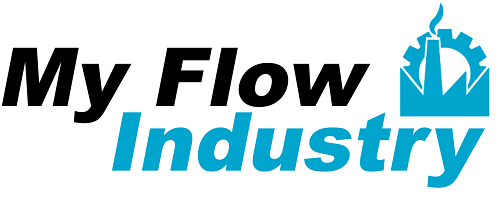
Are you looking for an efficient way to craft an effective and professional curriculum vitae (CV) that fits the requirements of recruitment tracking systems (ATS)? This article will provide you with a well-structured CV template that can be customized to match your experience and skillset. Read on to learn how to create a CV that adequately highlights your talents and qualifications.
What is a CV Template?
A curriculum vitae (CV) template is a document that helps candidates format their information in a professional way. A CV template will generally include sections for personal information, education and qualifications, work experience, skills and competencies, and other optional sections depending on the type of job and industry to which the candidate is applying. When crafted carefully, an effective CV template provides employers with a comprehensive overview of a candidate’s experience and qualifications.
Using a professional CV template offers many benefits. It allows candidates to easily tailor their resumes to specific job requirements and industries, ensuring that recruiters receive information that best showcases their strengths. Professional templates also help to ensure uniform formatting throughout CVs, making them easier for readers to digest quickly. Additionally, using a CV template encourages candidates to pay attention to detail and proofread carefully for typos or errors before submitting an application.
How to Create an Effective and Optimized Curriculum Vitae (CV)
When crafting an effective CV template, it is important to include certain key elements:
- Personal information section
- Education & qualifications section
- Work experience section
- Skills & competencies section
The personal information section typically includes the candidate’s name, address, contact information, and basic demographic data. This section should also include any relevant industry memberships or professional certifications. The education & qualifications section summarizes all academic qualifications, certifications, and other specialized courses completed by the candidate. The work experience section is used to list past employers and job titles, with the most recent experience listed first. It is also important to include specific job responsibilities and key achievements from each position held.
The skills & competencies section highlights skills relevant to the targeted job or industry. Here a candidate can showcase proficiency in specific technical or administrative tools, language fluency, or soft skills like leadership or communication. Additional optional sections included on some CV templates may include awards, work samples, and references.
Tips for Writing an Impressive and Targeted Resume with Your CV Template
Once a candidate has created their CV template, they need to focus on writing an effective resume to add to it. The resume should be tailored to match job descriptions and highlight key qualifications that are relevant to the company’s needs. Adding appropriate keywords from the job description into a candidate’s resume will make it more searchable for automated tracking systems (ATS). Additionally, employing relevant phrases that demonstrate understanding of the industry terminology will help ensure the resume is noticed.
When writing a resume, it is important to consider not only what you have done, but also how you can take those experiences and use them to benefit the company. Highlighting achievements from previous jobs is necessary to show potential employers how you can add value to their company. Be sure to specify quantifiable results of any successes, if possible. Lastly, provide detailed contact information so employers can reach out with any questions or concerns.
Examples of Different Types of CVs That Can Be Created With Templates
There are several different approaches to crafting a CV template. Generally speaking, there are three main types:
- Chronological/Traditional style
- Functional/Skills-based style
- Combination or Hybrid style
The chronological or traditional style lists work experience in reverse chronological order, beginning with the most recent position. This style is ideal for candidates who have worked long-term in one specific industry and are looking to move up within that field.
The functional or skills-based style emphasizes proficiency in certain areas or core competencies rather than focusing on the entire career trajectory. This style can help a candidate stand out if they are looking to break into a new industry and cannot use their previous work experience as evidence of their skills.
Finally, a combination or hybrid style uses elements from both the chronological and functional styles. This approach gives a comprehensive overview of an individual’s qualifications, including both a detailed chronology of past job experience and an emphasis on key skills.
Why You Should Invest Time Into Crafting an Outstanding Resume
Creating a professional CV template is easy when using the right tools and resources. However, it is important to remember that a polished CV is only the first step in writing an effective resume. Taking the time to tailor your content and highlight relevant achievements is essential for a successful job application.
By using the tips above and investing the time to craft an outstanding resume, a candidate can ensure their application stands out from the competition. With a compelling resume backed by a professional CV template, job seekers can confidently present their qualifications for any position in any industry.
